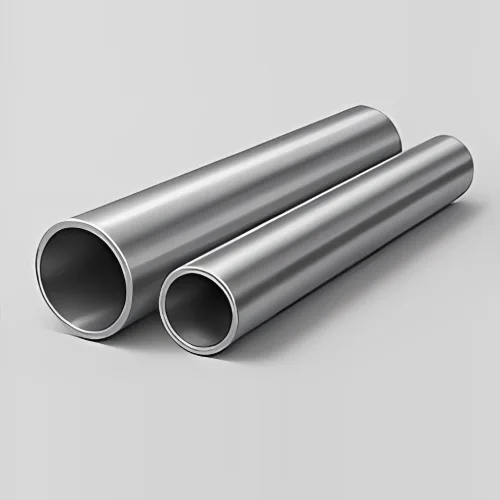
304L Stainless Steel Tubing
Keywords: 304L,
Standard: ASTM, AISI, DIN, EN, GB, JIS
Technique: Hot Rolled/Cold Rolled/Galvnized
Processing Service: Welding, Punching, Cutting
Available Size Range: Click here
Volume: 0
Get A Quote
Keywords: 304L,
Standard: ASTM, AISI, DIN, EN, GB, JIS
Technique: Hot Rolled/Cold Rolled/Galvnized
Processing Service: Welding, Punching, Cutting
Available Size Range: Click here
Volume: 0
Get A Quote| Region | Standard | Grade |
|---|---|---|
| USA | ASTM A269 | UNS S30403 |
| Europe | EN 1.4306 | X2CrNi18-10 |
| Japan | JIS SUS304L | - |
| China | GB 022Cr19Ni10 | - |
| Cr | Ni | C | Mn | Si | P | S | Fe |
|---|---|---|---|---|---|---|---|
| 18–20% | 8–12% | ≤0.03% | ≤2.0% | ≤0.75% | ≤0.045% | ≤0.03% | Balance |
Weld-Ready Design:
Eliminates post-weld heat treatment, reducing fabrication costs by 15–25%.
Compatible with orbital TIG and laser welding for precision joints.
Corrosion Resistance:
Resists nitric acid (≤65%), organic acids, and chlorinated water (≤150 ppm Cl⁻).
PREN (Pitting Resistance): 18–20—ideal for urban/industrial atmospheres.
Hygienic Performance:
Electropolished (Ra ≤0.25 µm) or internally EP-treated for CIP/SIP compatibility.
Sustainability:
80% recycled content with ISO 14021 certification for green manufacturing projects.
| Condition | Tensile Strength | Yield Strength | Elongation | Hardness (HV) |
|---|---|---|---|---|
| Annealed | 485–620 MPa | 170 MPa (min) | 40% (min) | 200–220 |
| Cold-Drawn | 860–1.030 MPa | 690 MPa (min) | 12% (min) | 300–320 |
Pharmaceutical: Bioreactor feed lines, vaccine filling systems, cleanroom gas distribution.
Food & Beverage: Beer transfer lines, dairy homogenizer tubes, sauce dispensing nozzles.
Chemical: Solvent recovery loops, acetic acid quenching systems, fertilizer injection lines.
Semiconductor: Ultra-pure water (UPW) distribution, etching gas delivery, vacuum chambers.
Energy: Hydronic heating networks, geothermal brine circulation, hydrogen fuel cell manifolds.
Fabrication Guidelines
Welding:
Use ER308L filler with 98% argon/2% CO₂ shielding gas for oxidation-free seams.
Bending:
Minimum bend radius = 1.5x OD (annealed) or 3x OD (cold-drawn).
Surface Finishes:
Options: Pickled, bright annealed (BA), electropolished (EP), or passivated.
Frequently Asked Questions
Q1: How does 304L tubing differ from standard 304?
A1: The ultra-low carbon content (<0.03%) prevents sensitization in heat-affected zones, critical for ASME BPE compliance.
Q2: Can it handle saltwater exposure?
A2: Limited to short-term use. For marine environments, upgrade to 316L (2–3% Mo) or super austenitic 904L.
Q3: What certifications apply to pharmaceutical use?
A3: Compliant with ASME BPE-2025. DIN 11866. and ISO 2037 for sterile fluid transfer.
Q4: How to prevent scaling during annealing?
A4: Bright annealing under hydrogen atmosphere ensures scale-free surfaces (Ra ≤0.8 µm).
Q5: What’s the maximum operating temperature?
A5: 870°C intermittent / 425°C continuous. For higher temps, consider 321/347 stabilized grades.
Products
Phone